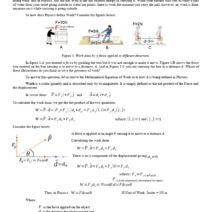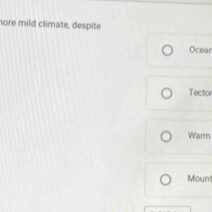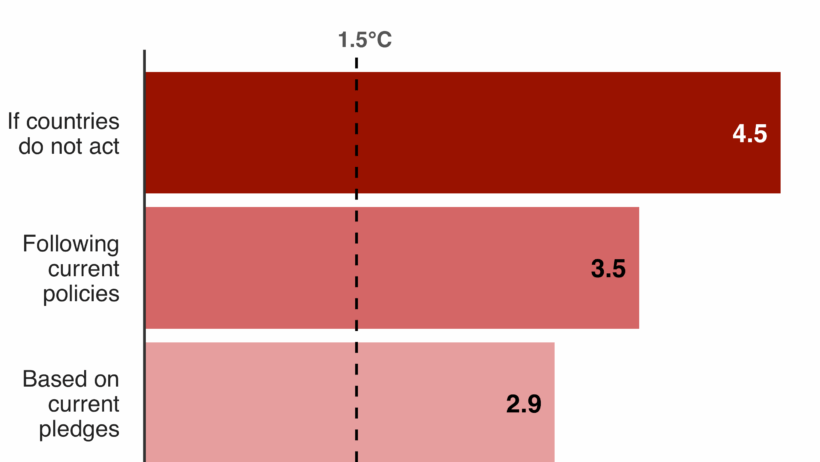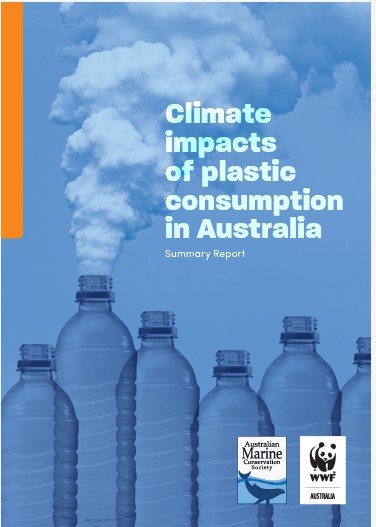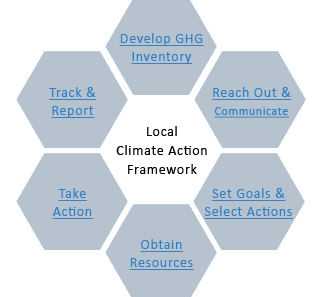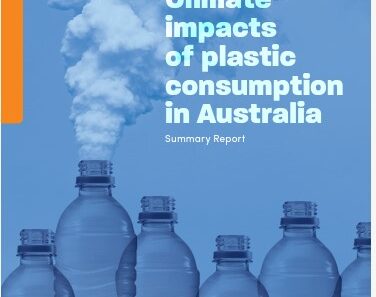Global warming is an existential crisis that demands immediate and comprehensive action. As we examine the trajectory of climate change, it becomes increasingly clear that understanding its progression is crucial to mitigating its effects. The urgency is palpable; every fraction of a degree matters, and the clock is ticking. This discourse seeks to unravel the complexities of global warming, exploring not only what the future may hold but also why it’s imperative to act now.
The phenomenon of global warming is primarily driven by the accumulation of greenhouse gases (GHGs) in the atmosphere, mainly carbon dioxide (CO2), methane (CH4), and nitrous oxide (N2O). These gases trap heat, creating a ‘greenhouse effect.’ Since the late 19th century, the planet’s temperature has increased by approximately 1.2 degrees Celsius—and the implications are profound. This seemingly modest rise precipitates extreme weather events, sea-level rise, and ecological disruptions. It raises the question: how long until conditions worsen irreparably?
Climate models project various scenarios depending on human activity. Current trends indicate that, if emissions continue unabated, the global mean surface temperature could rise by an alarming 1.5 degrees Celsius above pre-industrial levels by as early as 2030. This threshold is not merely a statistic; it represents a tipping point where consequences begin to accelerate and cascade, leading to widespread ecological and societal repercussions.
As we contemplate the timeline of exacerbating climate conditions, it is essential to understand the concept of tipping points within our climate system. These are thresholds beyond which certain changes may become irreversible. For instance, the thawing of the Arctic permafrost releases previously trapped methane, a potent greenhouse gas. Once initiated, this process could contribute to even higher rates of warming, potentially spiraling out of control. This feedback loop epitomizes the precarious balance of our climate system.
Furthermore, global warming is not uniform across the globe. Regions are affected differently—some may suffer from droughts while others experience devastating floods. The equatorial zones are witnessing shifts in rainfall patterns, impacting agriculture and water supplies. For example, countries in East Africa have felt the sting of prolonged drought, leading to food shortages and humanitarian crises. As the planet warms, such disparities will likely intensify, creating topics of deep concern for global peace and stability.
Sea-level rise is another critical concern associated with global warming. According to projections, sea levels could rise by as much as 2 feet by 2050 if current trends continue. Coastal cities and low-lying nations face existential threats. The Maldives, for instance, could become uninhabitable. This looming reality poses intricate questions regarding human displacement, migration patterns, and potential international conflicts over resources.
Yet, amidst this bleak outlook, there exists a flicker of hope—technological advancements and policy shifts can alter the path we are on. Many nations have set ambitious targets to reduce GHG emissions. The challenge lies not only in the political commitment but also in mobilizing the technological innovations essential for achieving these targets. Renewable energy sources such as wind, solar, and hydro have shown tremendous potential in reducing dependency on fossil fuels, thus curtailing greenhouse gas emissions.
Shifting perspectives on climate change is equally vital. Public awareness and education play a central role in transforming societal attitudes towards sustainability. The youth are particularly critical in this narrative, as they demand accountability from those in power. Their fervor ignites the discussion around climate action, making it a visible priority on the global stage. Initiatives like the Friday for Future movement galvanize support for impactful policy changes, underscoring the urgency of addressing climate change.
Moreover, adapting to climate change is just as crucial as mitigation. Communities must embed resilience in infrastructure, agriculture, and water management systems. Urban planning must prioritize sustainability to combat the effects of climate change effectively. Cities can introduce green spaces, enhance public transportation, and utilize smart technologies to minimize their environmental impact.
The interplay between individual action and systemic change cannot be understated. Consumer choices, however minute they may seem, can create ripples in the economy. Opting for sustainable products, reducing waste, and employing energy-efficient practices at home contribute to the larger fight against climate change. The collective action of informed citizens demanding change can exert pressure on corporations and governments to prioritize an eco-friendly agenda.
It is equally vital to recognize the broader implications of climate action—social equity, economic opportunities, and public health are intertwined with environmental policies. A commitment to green energy not only reduces carbon footprints but can also facilitate job growth in emerging industries. Communities that prioritize sustainable practices often find improved air quality, leading to better health outcomes for their residents.
While the challenges are daunting, the potential for innovation, cooperation, and positive change is immense. The question of how long until global warming gets worse cannot be answered definitively, but it can be mitigated through proactive measures and collaborative efforts across the globe. The critical takeaway is that action must be taken before it is too late. The future is not predetermined; it is shaped by the choices society makes today.
In conclusion, the prospect of worsening global warming underscores an urgent need for action, awareness, and adaptability. By embracing sustainable practices and advocating for systemic changes, humanity can navigate the turbulent waters of climate change. The future hangs in the balance, and choices must be made with the understanding that time is running out. Embrace this pivot towards a more sustainable future; the planet’s health—and our own—depends on it.
